The Department of Agriculture, Food and the Marine introduced a sheep Clean Livestock Policy (CLP) in 2016. The policy was officially launched at the National Ploughing Championships in September 2017 and since then the Department has undertaken a number of initiatives to highlight the clean sheep policy involving ongoing awareness campaigns for farmers and all parties involved in the sheep industry.
The Department has worked closely with Teagasc in raising awareness of the clean sheep policy to farmers through a series of posters advising farmers of key husbandry practices at grass, indoors and on roots/footage crops in order to achieve clean sheep status pre-slaughter.
Posters were distributed and displayed at marts and Department-approved sheep slaughter plants and information leaflets on clean sheep policy were distributed to all sheep farmers with their sheep census documentation in December 2017.
Teagasc has also produced a guide for sheep transport while the Department has communicated with hauliers involved in sheep transport with a view to highlighting the responsibility of the haulier in regard to CLP and focusing on areas such as vehicle requirements along with loading and transport of livestock. Clean livestock and the need for an effective policy are basic requirements in order to comply with EU and National Food Safety regulations.
Sheep producers supplying animals for slaughter for human consumption are food producers and therefore have responsibilities for food safety. Producing high-quality sheepmeat is crucial for expanding markets in line with Food Wise 2025, the Department’s strategic plan for the agri-food sector.
Dirty animals pose a significant risk factor in the contamination of carcases during the production process. Long, dirty or wet wool carries very high risks of transferring harmful bacteria.
Bacteria such as E coli 0157, salmonella and campylobacter can be present in the gut of the animal without any outward signs and these bacteria can cause severe, even fatal, illness if contaminated food is consumed.
CLP categories
The Department applies a three-category system, requiring food business operators at slaughtering establishments to categorise sheep as follows:
Category (A): Satisfactory – Sheep with a clean dry fleece that can be slaughtered without an unacceptable risk of contaminating the meat during the slaughter process, by using the standard hygienic dressing procedures routinely employed by the plant.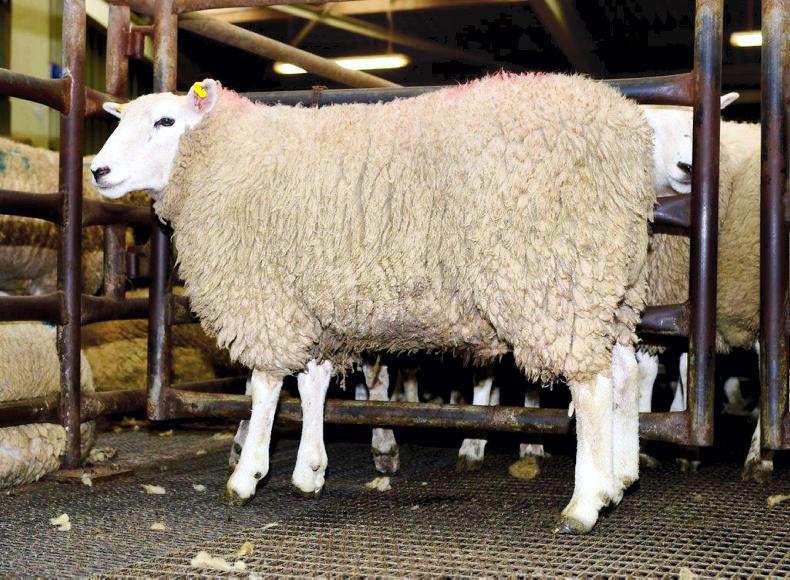
Category (A) - satisfactory side view.
Category (B): Acceptable – Sheep with moderate soiling of the fleece that can only be slaughtered, without an unacceptable risk of contamination of the meat during the slaughter process, by putting in place additional interventions including extra defined dressing controls. 
Category (B) – acceptable side view.
Category (C): Unacceptable – Sheep with heavily contaminated fleece unfit for slaughter because of fleece condition. These sheep must not be presented for ante-mortem in this condition and it is the responsibility of the Food Business Operator (FBO) concerned to take the required remedial action.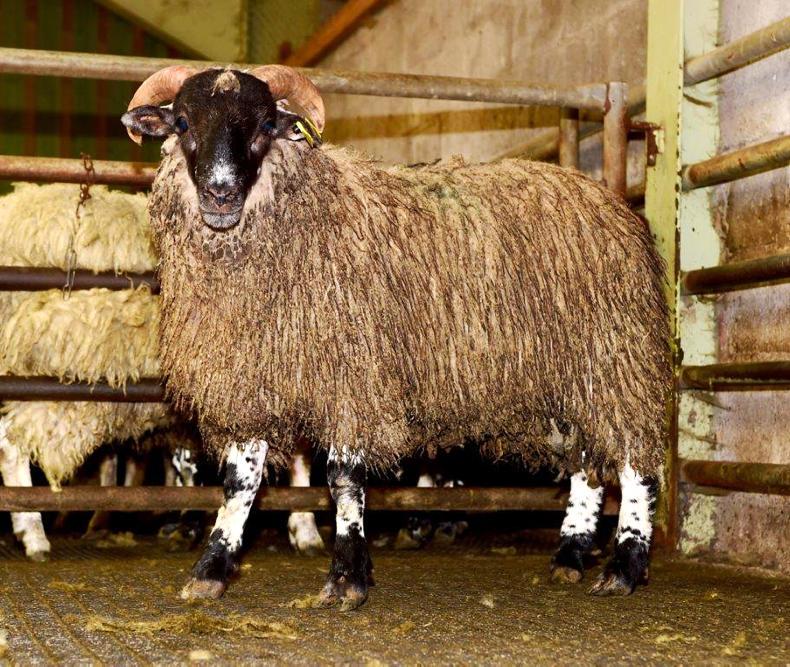
Category (C) - Unacceptable side view.
The vast majority of sheep presented for slaughter have been categorised at Category A and Category B and are therefore eligible for slaughter.
Category C sheep cannot be presented for ante-mortem in this condition and it is the responsibility of the food business operator to take the required remedial action.
In a limited number of cases, such remedial action may take place on site.
A list of worst offenders in relation to sheep CLP is being compiled and the Department will issue letters to the sheep farmers concerned advising of the need to improve standards of CLP before presenting at the factory.
The Department continues to work closely with Teagasc, Meat Industry Ireland and the Irish Farmers’ Association to assist farmers and all food business operators in the implementation of the clean livestock policy.
The Department of Agriculture, Food and the Marine introduced a sheep Clean Livestock Policy (CLP) in 2016. The policy was officially launched at the National Ploughing Championships in September 2017 and since then the Department has undertaken a number of initiatives to highlight the clean sheep policy involving ongoing awareness campaigns for farmers and all parties involved in the sheep industry.
The Department has worked closely with Teagasc in raising awareness of the clean sheep policy to farmers through a series of posters advising farmers of key husbandry practices at grass, indoors and on roots/footage crops in order to achieve clean sheep status pre-slaughter.
Posters were distributed and displayed at marts and Department-approved sheep slaughter plants and information leaflets on clean sheep policy were distributed to all sheep farmers with their sheep census documentation in December 2017.
Teagasc has also produced a guide for sheep transport while the Department has communicated with hauliers involved in sheep transport with a view to highlighting the responsibility of the haulier in regard to CLP and focusing on areas such as vehicle requirements along with loading and transport of livestock. Clean livestock and the need for an effective policy are basic requirements in order to comply with EU and National Food Safety regulations.
Sheep producers supplying animals for slaughter for human consumption are food producers and therefore have responsibilities for food safety. Producing high-quality sheepmeat is crucial for expanding markets in line with Food Wise 2025, the Department’s strategic plan for the agri-food sector.
Dirty animals pose a significant risk factor in the contamination of carcases during the production process. Long, dirty or wet wool carries very high risks of transferring harmful bacteria.
Bacteria such as E coli 0157, salmonella and campylobacter can be present in the gut of the animal without any outward signs and these bacteria can cause severe, even fatal, illness if contaminated food is consumed.
CLP categories
The Department applies a three-category system, requiring food business operators at slaughtering establishments to categorise sheep as follows:
Category (A): Satisfactory – Sheep with a clean dry fleece that can be slaughtered without an unacceptable risk of contaminating the meat during the slaughter process, by using the standard hygienic dressing procedures routinely employed by the plant.
Category (A) - satisfactory side view.
Category (B): Acceptable – Sheep with moderate soiling of the fleece that can only be slaughtered, without an unacceptable risk of contamination of the meat during the slaughter process, by putting in place additional interventions including extra defined dressing controls. 
Category (B) – acceptable side view.
Category (C): Unacceptable – Sheep with heavily contaminated fleece unfit for slaughter because of fleece condition. These sheep must not be presented for ante-mortem in this condition and it is the responsibility of the Food Business Operator (FBO) concerned to take the required remedial action.
Category (C) - Unacceptable side view.
The vast majority of sheep presented for slaughter have been categorised at Category A and Category B and are therefore eligible for slaughter.
Category C sheep cannot be presented for ante-mortem in this condition and it is the responsibility of the food business operator to take the required remedial action.
In a limited number of cases, such remedial action may take place on site.
A list of worst offenders in relation to sheep CLP is being compiled and the Department will issue letters to the sheep farmers concerned advising of the need to improve standards of CLP before presenting at the factory.
The Department continues to work closely with Teagasc, Meat Industry Ireland and the Irish Farmers’ Association to assist farmers and all food business operators in the implementation of the clean livestock policy.







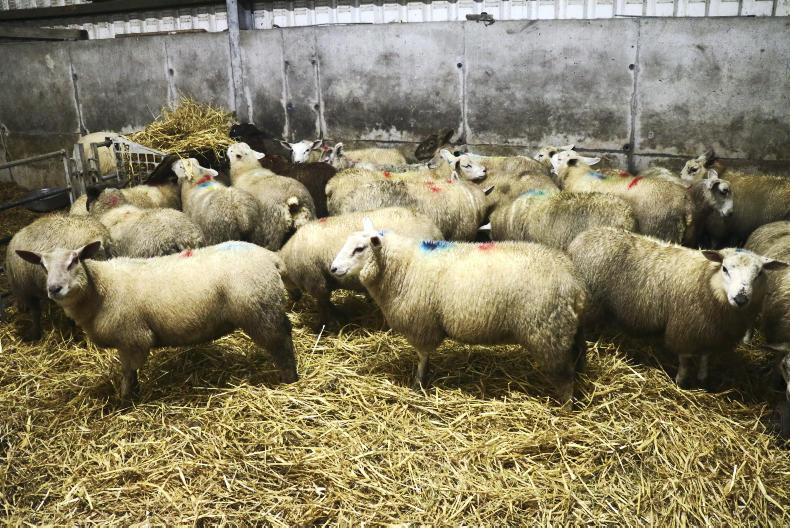
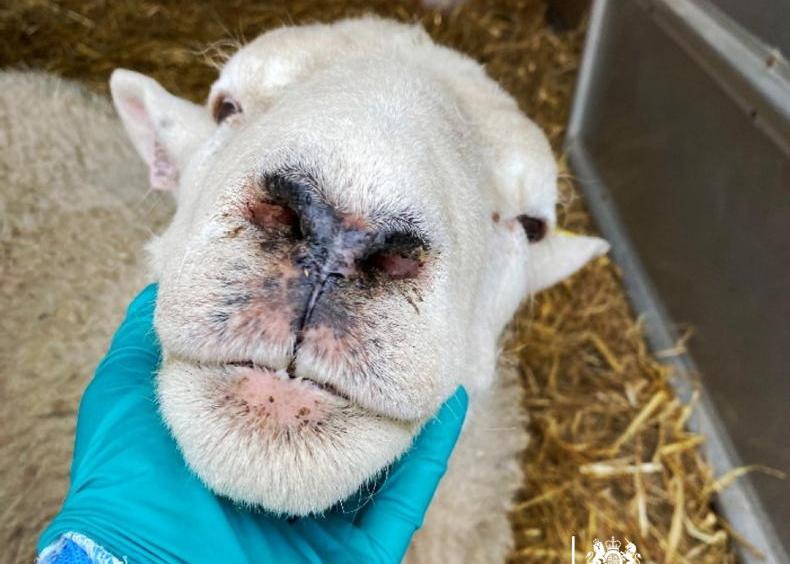

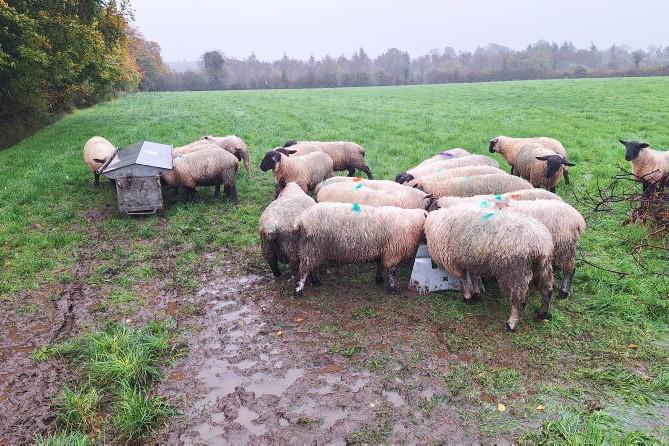
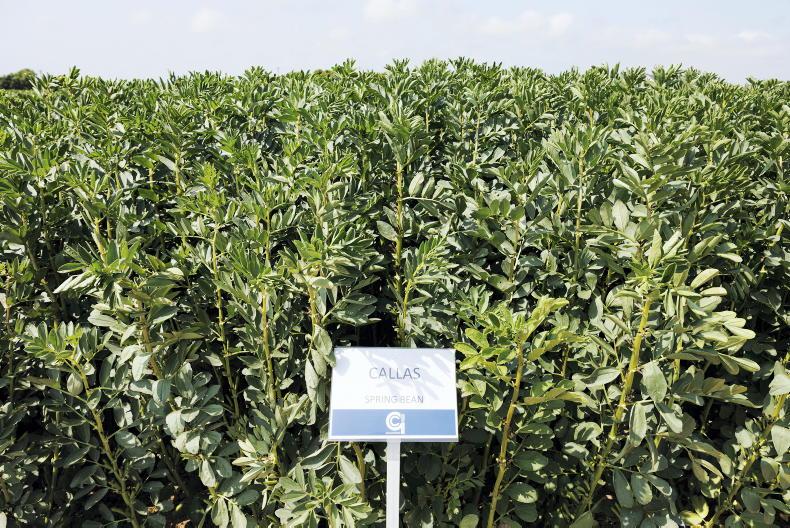

SHARING OPTIONS